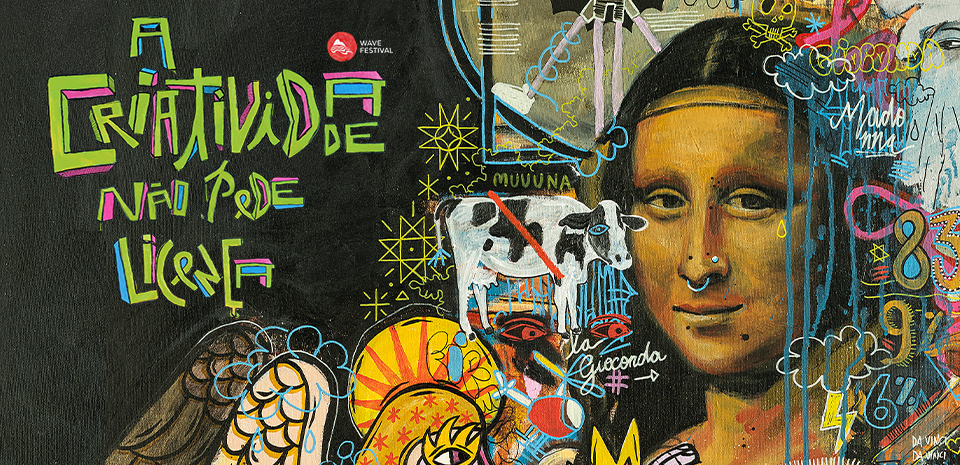Media / Bronze
Título: No quiero esto en mi ceviche
Categoria: A15. Not-for-profit / Charity
Agência: McCann Lima
Anunciante: OCEANA

Sinopse: OCEANA, the largest international organization dedicated to protecting the oceans, launched a new condiment onto the Peruvian gastronomy market, the marine micro plastic.
15,000 condiment jars were filled with small pieces of plastic taken from trash collected on Peruvian beaches and then put on display in restaurants, shopping malls and supermarkets.
Sinopse em inglês: OCEANA, the largest international organization dedicated to protecting the oceans, launched a new condiment onto the Peruvian gastronomy market, the marine micro plastic.
15,000 condiment jars were filled with small pieces of plastic taken from trash collected on Peruvian beaches and then put on display in restaurants, shopping malls and supermarkets.
A situação: “Every single meter of Peru’s oceans is contaminated with plastic”
Sara Purca
Peruvian Oceanographer (Winner of the “For Women in Science” national award)
This quote, which appeared in one of the most important newspapers in Peru, sums up very well the problem of the brief and why it was urgent to change many things in the country.
O objetivo: In recent years, Peru has become a gastronomic powerhouse on the world stage but, ironically, its oceans—a vital source of products used in its cuisine—are becoming increasingly polluted with plastic.
And nobody seemed to care… until we touch our own gastronomy.
A estratégia: When analyzing and discussing this issue with experts, we realized that one of the major problems of single-use plastic that ends up in the sea is that due to tidal erosion, the weather and other factors, it breaks down into small particles known as “microplastics”. These particles end up being consumed by fish, and as such we can conclude that they will eventually affect our cuisine.
(The specific consequences of this pollution on human health remains unknown).
In summary, our strategy was to talk about how our excessive reliance on single-use plastic causes it to end up in the sea, fragment and be consumed by fish and other species, eventually ending up in our beloved ceviche, an iconic Peruvian dish.
Execução: We wanted to impact the whole country and our strategy was based on creating indignation of the damage that plastic does to our gastronomy.
For that 15,000 condiment jars were filled with small pieces of plastic taken from trash collected on Peruvian beaches and then put on display in restaurants, shopping malls and supermarkets.
The launch went viral thanks to a video showing 14 of the country’s most renowned chefs using micro-plastic to make ceviche, a Peruvian classic.
Social networks and a website were created with all the necessary information to educate people and companies about the changes that should be made to protect our sea. (http://noquieroestoenmiceviche.com )
Resultados documentados: Mixing our food with the plastic contamination garnered results, with restaurants, hotels and educational institutions making changes and joining the movement.
Big brands began making commitments.
Through the Ministry of Environment and its minister, even the government joined the movement, going as far as banning first-use plastic from all government bodies.
The movement ended up growing so much that it led to a law being created to regulate single-use plastic in the country.
Creative copywriters: Christian Caldwell, Carlos Banda
Planning: Viviana Alfaro
Art Director: Fernando Valladares
Executive Producer: Andrea De La Torre
Patrocínio


